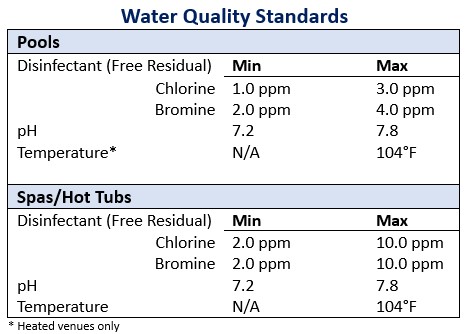Simple steps to pool safety
What is Active Supervision?
Safe drain covers save lives.
-
-
The week before Memorial Day, May 20-26, 2024, marks the 20th annual Healthy and Safe Swimming Week. Nationwide, communities will be collaborating and engaging in discussion about how to maximize the health benefits of water-based physical activity while minimizing the risk of recreational water–associated illness and injury.
Water Safety Toolkit - This toolkit contains VDH brochures, posters, and links to other partners information in one convenient location.
CDC- Healthy Swimming Visit this website to download a variety of health promotion materials, including brochures, fact sheets, info-graphics, and more.

-

-

-
Prevent Drowning: Swim Lessons Save Lives!
To prevent drowning while swimming, follow these steps:
- Learn swimming and water safety skills.
- Build and maintain fences or barriers around pools.
- Supervise children at all times. Practice active supervision!
- Wear a life jacket.
- Learn CPR.
- Know your surroundings. Know the risks and hazards.
- Swim with a buddy.
Visit the VDH Drowning Prevention webpage for more information.
Visit the CDC website for more information on staying safe and preventing drowning!
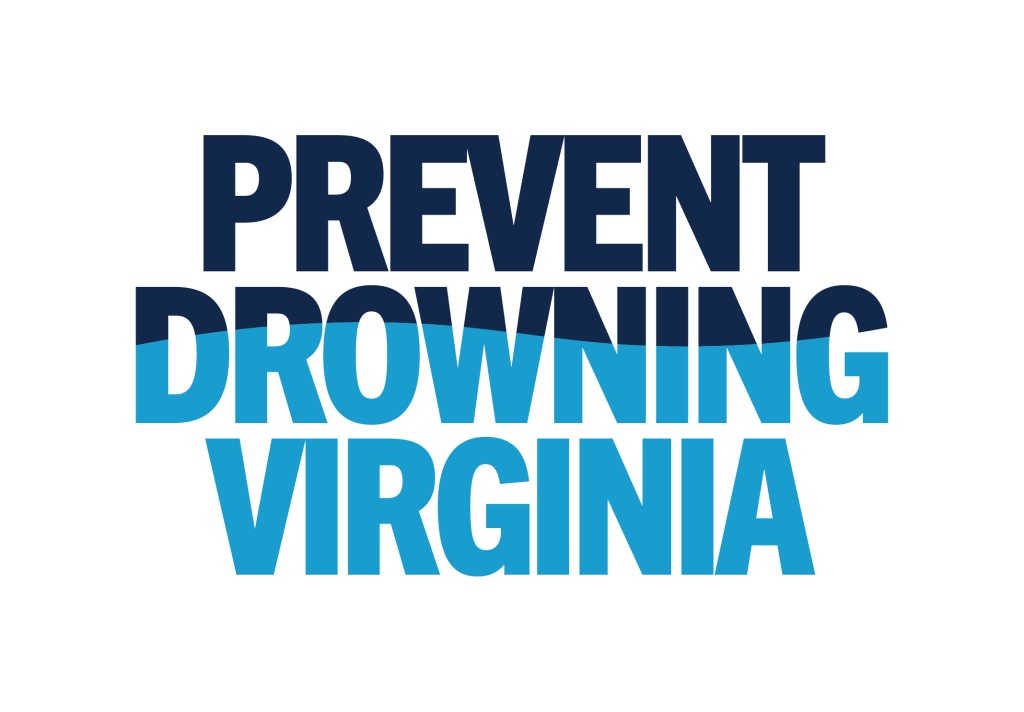
-
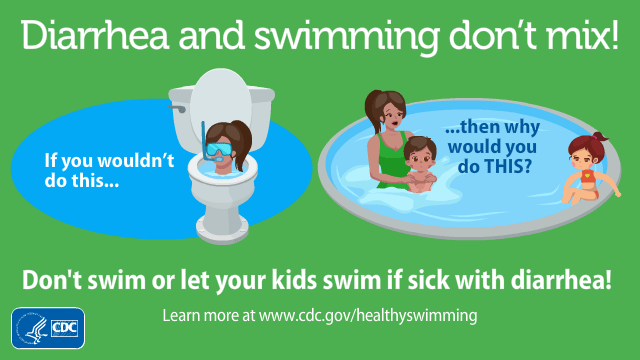
-
Can Mpox Spread in Swimming Pools?
No studies have found a clear link between Mpox and water in pools, hot tubs, or splash pads. The Mpox virus is killed in water at the chlorine levels recommended by CDC and required by U.S. jurisdictions.
However, it is possible to spread Mpox to others through close, skin-to-skin contact. It can also be spread by sharing objects that a person with monkeypox used, such as towels, kickboards, or clothing.
Visit the VDH Mpox webpage for more information.
Learn more:
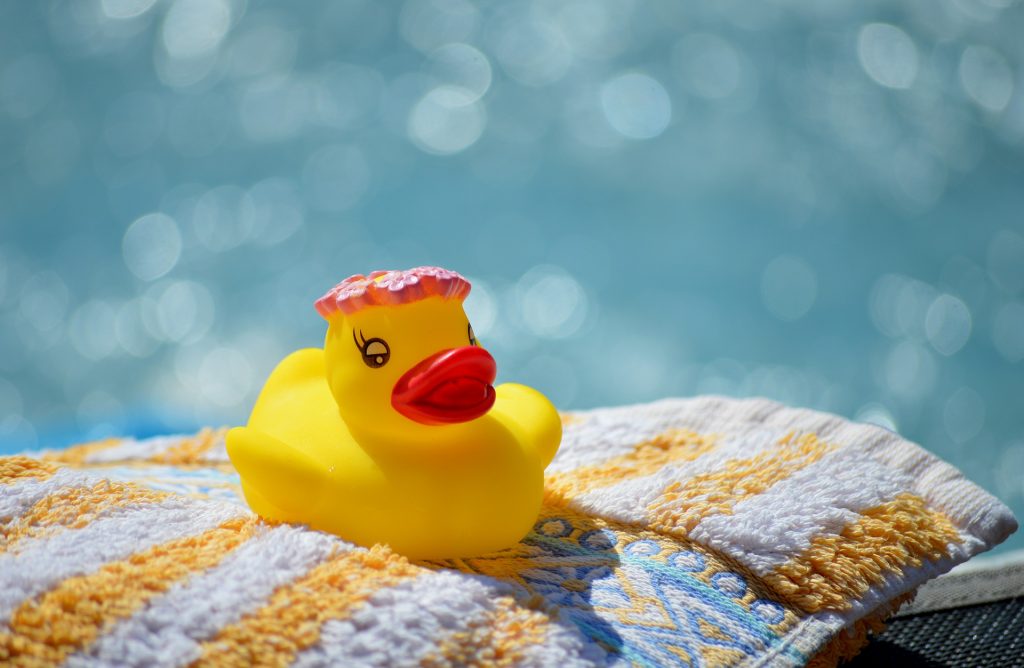
-
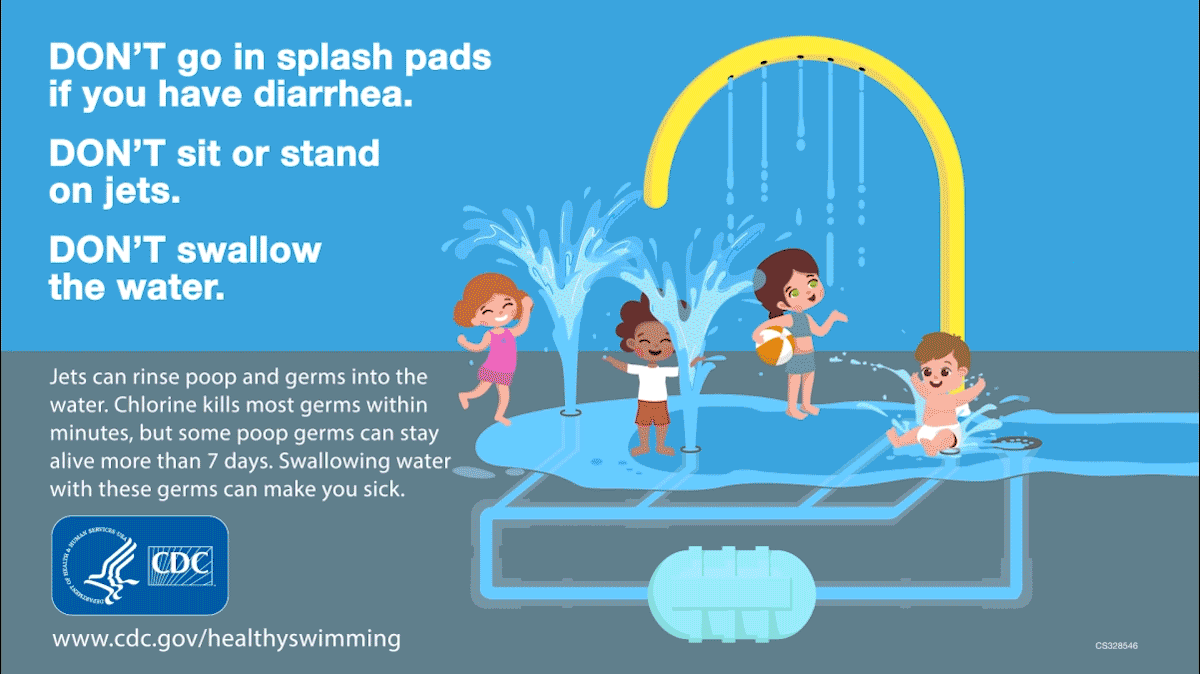
-
Do your own inspection
Before getting into any treated water, do your own inspection. Check the following items to see if they pass your inspection:
- Water’s pH and free chlorine or bromine concentration are correct.* Proper pH and disinfectant levels help stop the spread of germs in the water. Virginia pool regulations require free chlorine and bromine residuals and pH values and temperature to be continuously maintained within the following ranges:
For added protection, be sure to check for:
- Drain at the bottom of the deep end is visible. Crystal-clear water allows lifeguards and other swimmers to clearly see swimmers underwater.
- Drain covers at the bottom appear to be secured and in good repair.
- Lifeguard is on duty. If not, safety equipment, such as a rescue ring or pole, is available.
If you find any problems during inspection, do NOT get into the water. Tell the person in charge so the problems can be fixed.
*Use test strips to test pH and free chlorine or bromine concentration. Most superstores, hardware stores, and pool-supply stores sell test strips. Follow the manufacturer’s directions.
Learn more by visiting the CDC's Healthy Swimming webpage.
LIFE JACKETS AND FLOTATION DEVICES
ADULT SUPERVISION
POOL CHEMICAL SAFETY
SPLASH PAD SAFETY
SWIMMING POOL POLICY ANALYSIS


